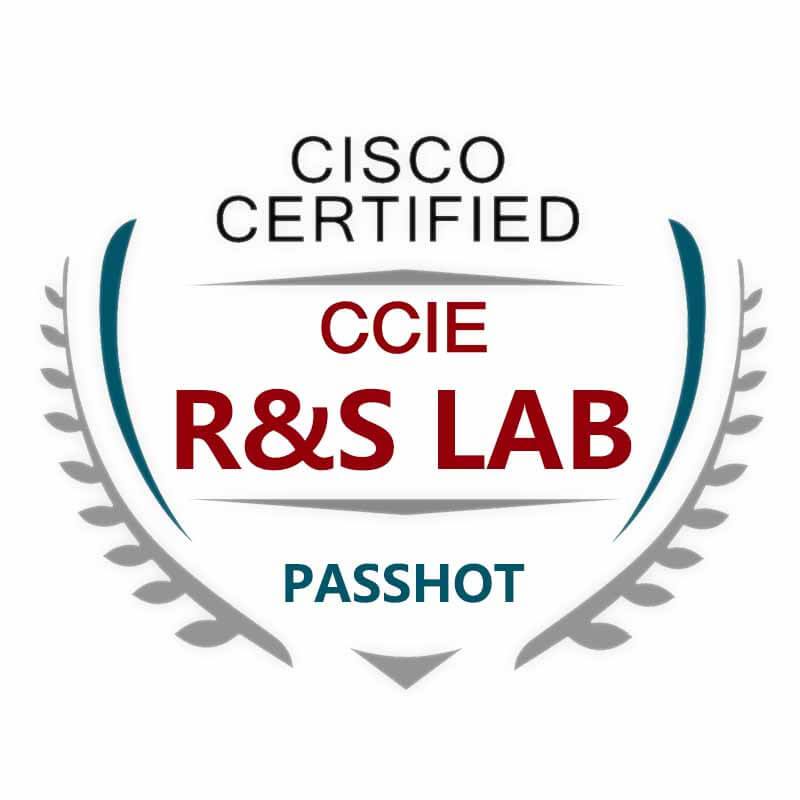100% Pass Cisco, PMP, CISA, CISM, AWS Dumps on SALE!
Get Now
01:59:56
X
What are the advantages of intrusion prevention technology?
With the continuous improvement of network attack technology and the continuous discovery of network security vulnerabilities, traditional firewall technology plus traditional IDS technology can no longer cope with some security threats.
In this case, intrusion prevention technology came into being. Intrusion prevention technology can deeply sense and detect the data traffic flowing through, discard malicious packets to block attacks, and limit abuse packets to protect network bandwidth resources. .
Intrusion prevention is a security mechanism that analyzes network traffic, detects intrusions (including buffer overflow attacks, Trojan horses, worms, etc.), and uses certain response methods to stop intrusions in real time to protect enterprise information systems and network architecture from Infringe. Intrusion prevention is a new security defense technology that can detect and prevent intrusions. After detecting network intrusions, it can automatically discard intrusive packets or block the source of the attack, thereby fundamentally avoiding the attack.

Intrusion prevention is a new security defense technology that can detect and prevent intrusions. After detecting the network intrusion, it can automatically discard the intrusion message or block the attack source, thus avoiding the attack behavior fundamentally.
The main advantages of intrusion prevention:
Real-time blocking of attacks: The device is deployed in the network in a straight path, and when an intrusion is detected, the intrusion activity and offensive network traffic can be intercepted in real time to minimize the intrusion to the network.
In-depth protection: Intrusion prevention can detect the content of the message application layer, and can also perform protocol analysis and detection on network data flow reorganization, and determine which traffic should be intercepted according to the attack type and strategy.
All-round protection: Intrusion prevention can provide protection measures against worms, viruses, Trojan horses, botnets, spyware, adware, CGI (Common Gateway Interface) attacks, backdoors and other attacks to defend against all kinds of attacks and protect network security.
Both inside and outside: Intrusion prevention can not only prevent attacks from outside the enterprise, but also prevent attacks from inside the enterprise.
Generally speaking, IDS detects and alarms the abnormal data that may be intrusions, informs users of the real-time conditions in the network, and provides corresponding solutions and handling methods. It is a security function that focuses on risk management. Intrusion prevention detects those malicious behaviors that are clearly judged as attack behaviors that will harm the network and data, and terminate them in real time, reducing or reducing the user's processing resource overhead for abnormal conditions. It is a kind of focus on risk control. Security features.
Intrusion prevention technology adds powerful defense functions to traditional IDS:
Traditional IDS is difficult to prevent and stop attacks based on the application layer. Intrusion prevention equipment can effectively defend against application layer attacks.
However, because important data is mixed with too much general data, IDS can easily ignore real attacks, the rate of false positives and false negatives remains high, and there are too many logs and alarms. The intrusion prevention function can strip the message layer by layer, perform protocol identification and message analysis, classify the parsed message and perform professional feature matching to ensure the accuracy of detection.
IDS equipment can only passively detect what kind of attack the protection target is under. In order to prevent further attacks, it can only report to the FW through a response mechanism, and the FW can block the attack.
Intrusion prevention is a proactive intrusion prevention and prevention system. When an attack attempt is detected, it will automatically drop the attack packet or block the source of the attack, effectively realizing the active defense function.
Intrusion prevention mechanism:
Reorganize application data: Before entering IPS, it will reorganize IP fragments and TCP streams to ensure the continuity of application layer data and effectively detect attacks that evade intrusion detection.
Protocol identification and protocol analysis: Before entering the IPS, a variety of application layer protocols are identified based on the content. Identify the application layer protocol pair, perform precise decoding according to the specific protocol, and deeply extract message characteristics for intrusion detection.
Feature matching: Match the parsed message feature with the signature, and if the signature is hit, it will respond accordingly.
Response processing: After the detection is completed, it will respond to the matched signature according to the action configured by the administrator.
IPS technology needs to face many challenges, among which there are three main points: one is a single point of failure, the other is a performance bottleneck, and the third is a false positive and a false negative.
The design requires that IPS must work in the network in embedded mode, which may cause bottlenecks or single points of failure. If the IDS fails, the worst case is that certain attacks cannot be detected, and the embedded IPS device has problems, which will seriously affect the normal operation of the network.
Even if the IPS device does not fail, it is still a potential network bottleneck, which will not only increase the lag time, but also reduce the efficiency of the network. IPS must keep pace with the network traffic of several gigabytes or more, especially when it is loaded. With a large number of detection signature libraries, IPS embedded devices with insufficient design cannot support this response speed.
The false positive rate and the false negative rate are also very important. Once an alarm is generated, the most basic requirement is that the IPS can effectively handle the alarm. If the intrusion signatures are not well-written, there is an opportunity for "false positives", which may lead to accidental interception of legitimate traffic.
The above is the news sharing from the PASSHOT. I hope it can be inspired you. If you think today' s content is not too bad, you are welcome to share it with other friends. There are more latest Linux dumps, CCNA 200-301 dumps, CCNP Written dumps and CCIE Written dumps waiting for you.
Cisco Dumps Popular Search:
encor 350-401 official cert guide amazon ccna industrial dumps certcollection ccie rs shares ccnp switch troubleshoot err-disable recovery ccna 301 book ccna question topics ccnp switch lab ccna 200-301 json ccnp 300-101 practice exam Ccie Dc Lab Forum
Copyright © 2025 PASSHOT All rights reserved.






